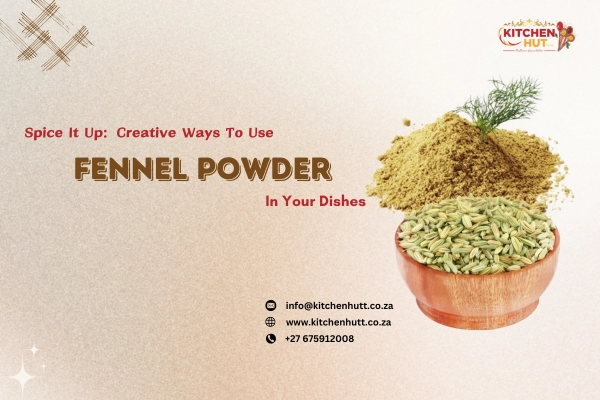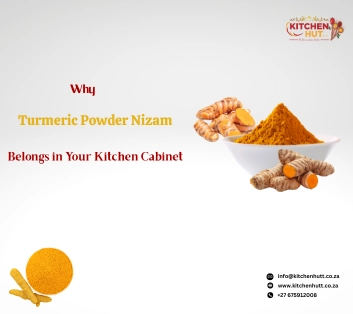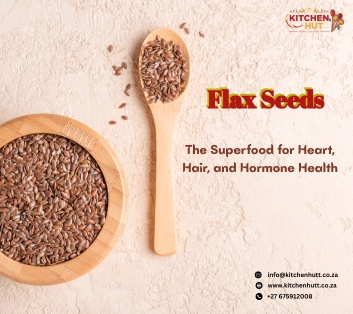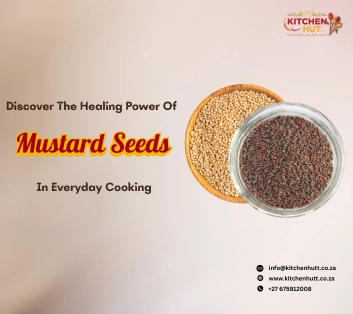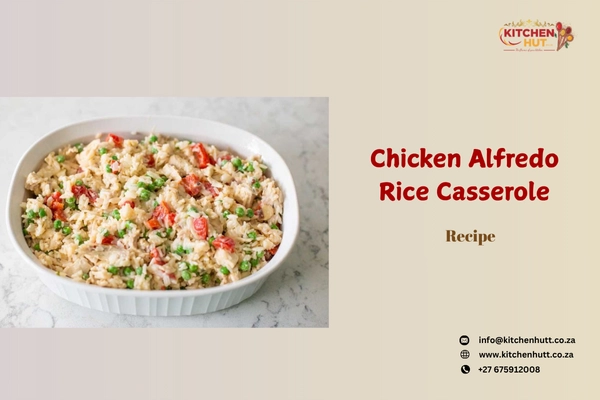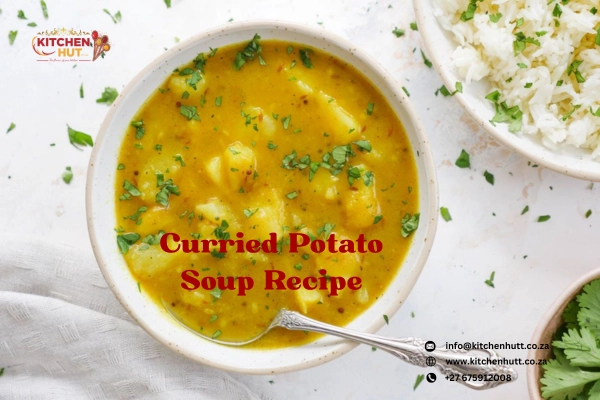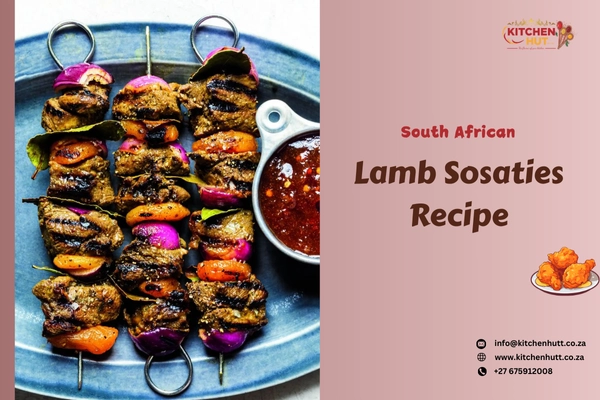FRESH STOCK • LIMITED AVAILABILITY • ORDER NOW
A Guide To Storing Spices For Maximum Freshness
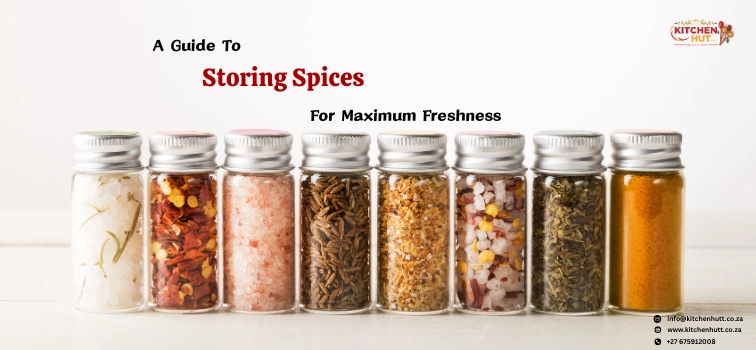
Spices are the soul of cooking — they add aroma, color, and depth to every dish. From the smoky warmth of cumin to the fiery kick of chili and the sweetness of cinnamon, spices have the power to transform simple ingredients into extraordinary meals.
But here’s the catch: even the finest spices can lose their flavor and potency if not stored properly. Light, air, heat, and moisture are the biggest enemies of spices, causing them to fade in both aroma and taste over time.
Whether you’re a home cook, restaurant owner, or retailer, learning how to store spices for maximum freshness can make all the difference. In this guide, we’ll explore the science of spice preservation, practical storage tips, and smart techniques to help your spices stay vibrant and aromatic for months — even years.
1. Why Proper Spice Storage Matters
Every spice is made up of natural oils and volatile compounds that give it its distinctive flavor and aroma. When exposed to environmental factors like air and sunlight, these oils evaporate or oxidize, reducing the spice’s intensity.
Improper storage can lead to:
-
Loss of flavor and aroma.
-
Fading color.
-
Moisture absorption and clumping.
-
Mold or insect infestation.
By storing your spices correctly, you can preserve their natural oils, keep them potent for longer, and get the best results in your cooking.
2. Understanding Shelf Life: Whole vs. Ground Spices
Not all spices age the same way. The shelf life depends on their form — whole or ground.
-
Whole Spices: (e.g., cumin seeds, peppercorns, cloves)
These retain their essential oils better and last longer, typically 2–4 years when stored properly. -
Ground Spices: (e.g., turmeric powder, chili powder, coriander powder)
Ground forms have more surface area exposed to air, so they lose freshness faster — usually within 6–12 months.
Pro Tip: Whenever possible, buy whole spices and grind them fresh as needed. This not only ensures stronger flavor but also extends storage life.
3. The Enemies of Fresh Spices
To understand how to keep spices fresh, let’s first look at what causes them to degrade:
1. Light
Direct sunlight fades the color and destroys essential oils in spices.
2. Air
Oxygen triggers oxidation, dulling the flavor and aroma.
3. Heat
Warm temperatures accelerate the breakdown of spice compounds.
4. Moisture
Humidity causes clumping, mold, and spoilage.
The goal is simple: Keep spices away from light, air, heat, and moisture — and you’ll preserve their magic.
4. Choosing the Right Containers
Your storage container is your first line of defense against spoilage. Here’s what works best:
Airtight Containers
Always use airtight jars made of glass, stainless steel, or high-quality plastic to prevent air exposure.
Opaque or Dark Glass Jars
Lightproof containers help protect against UV rays, which degrade color and flavor.
Small-Sized Jars
Store only a small amount for daily use and keep the rest sealed in bulk packs to reduce frequent exposure to air.
Avoid Plastic Bags
Thin plastic pouches allow moisture and air to seep in. Transfer spices from retail packaging into sealed jars after purchase.
5. Ideal Storage Locations
Where you store your spices matters just as much as how you store them.
Cool, Dark Cupboards
A closed cabinet or drawer away from the stove, oven, or sunlight is ideal.
Avoid Heat Sources
Never store spices above the stove, near windows, or next to appliances like dishwashers and kettles — heat and steam shorten shelf life.
Temperature Control
Room temperature (around 20–25°C) is perfect. In humid regions, consider using silica gel packets in storage containers to absorb excess moisture.
Freezing or Refrigeration (For Select Spices)
While not recommended for most spices, refrigeration can work for high-oil spices like nutmeg or paprika. Always bring them to room temperature before opening to prevent condensation.
6. Bulk Storage Tips for Businesses
If you buy spices in bulk — for restaurants, manufacturing, or retail — follow these steps to maintain quality:
1. Store in Food-Grade Bags
Use laminated, vacuum-sealed, or multi-layered food-grade packaging to prevent air and moisture entry.
2. Keep in a Cool, Dry Warehouse
Maintain humidity below 60% and temperature between 15°C and–25°C.
3. Avoid Frequent Handling
Open bulk bags only when necessary and reseal tightly after use.
4. Use FIFO (First-In, First-Out)
Always use the oldest stock first to maintain freshness and consistency.
KitchenHut (Pty) Ltd, one of the trusted wholesale spice distributors in South Africa, ensures every batch is packed under strict quality control with proper sealing and moisture-proof packaging for a longer shelf life.
7. Signs That Your Spices Have Gone Stale
Even with careful storage, spices won’t last forever. Here’s how to check if they’re past their prime:
-
Faint or No Aroma: Crush a small amount between your fingers; if it doesn’t release fragrance, it’s time to replace it.
-
Faded Color: Bright spices like turmeric or paprika lose their vibrancy as they age.
-
Clumping: Indicates moisture exposure.
-
Bitter or Musty Taste: A sign of oxidation or contamination.
When in doubt, toss out old spices — fresh ones deliver far better flavor and nutrition.
8. Extending Spice Freshness – Bonus Tips
Here are some expert tricks to make your spices last longer:
1. Buy in Small Batches
Purchase what you’ll use within 6–12 months to ensure consistent freshness.
2. Label with Dates
Mark purchase or opening dates on jars so you can rotate stock efficiently.
3. Avoid Direct Contact
Use a clean, dry spoon when scooping spices. Never sprinkle directly over steaming food — the moisture can ruin the rest of the jar.
4. Blend Your Own Mixes
Instead of pre-made spice blends, create small batches at home from whole spices — fresher, more aromatic, and tailored to your taste.
5. Regularly Check for Pests
Bay leaves or clove pieces can be added to bulk spice containers to repel insects naturally.
9. For Retailers & Distributors
If you’re in the spice trade, storage directly impacts product quality and brand trust.
Best Practices:
-
Use vacuum sealing for export and long-term storage.
-
Maintain consistent humidity and temperature levels.
-
Use food-safe desiccant packets in large containers.
-
Offer transparent yet UV-protected packaging for retail display.
KitchenHut (Pty) Ltd, a leading wholesale spice supplier, ensures spices are sourced sustainably, packed hygienically, and stored in temperature-controlled facilities — ensuring that every customer receives fresh, flavorful, and aromatic spices every time.
Final Thoughts
Spices are a culinary treasure — but like all natural products, they need a little care to stay at their best. By protecting them from light, heat, air, and moisture, you can extend their life and preserve the flavor that makes your dishes stand out.
For households, it’s as simple as using airtight jars in a dark cabinet. For restaurants or spice retailers, proper bulk storage and rotation practices are key.
Whether it’s the earthy aroma of cumin, the zing of pepper, or the golden warmth of turmeric — every spice tells a story.
Keep that story alive by storing your spices the right way — so every meal tastes as vibrant as it should.






